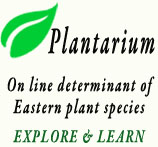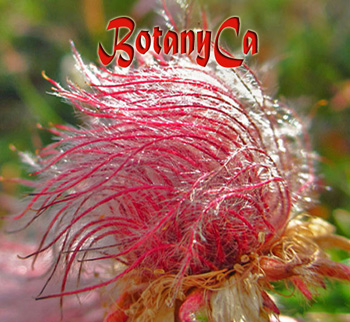Sowing advice for springtime
With the first snowdrops in bloom spring is undeniably in the air. It is an exciting time with renewed hope and we all think about new plants to add in the garden.
Some people plan well ahead about what to grow from seeds, but others maybe purchase seeds and plants on the impulse of the moment. Then, there are always seeds arriving late from seeds exchanges.
Because all the latest orders had in common a combination of species, warm and cold germinators, I feel obliged to repeat how to proceed at this time in order to obtain the best results with minimum effort. Good timing for sowing is important!
If you don’t need advice, jump to the end of the post to see a few ‘green things’ from the garden :) All grown from seeds, except the snowdrops.
For those in the Northern Hemisphere
Species that are indicated to germinate at warm (15-20C) can be sown right away if you use indoor lighting for growing seedlings or later (April/early May) if you intend to keep the pots outdoor.
*Species indicated to have double dormancies and require first a slightly warm cycle, followed by a cold one in order to germinate (Hydrophyllum, Euonymus, Actaea…) – can be sowed later, in the summer. Most Peonies are also in this category; sowing in late June/July gives them more than enough time to develop the roots until late fall. Same goes for two stage warm germinating Lilium species (L. michiganense, L. monadelphum…).
Various Fabaceae can be treated with the ‘hot water treatment’ and considered warm germinators. Last year tests gave excellent results (Hedysarum, Oxytropis, Astragalus, Baptisia, Thermopsis, Lupinus*).
Species that can be sowed ‘in situ’ (Papaver, Lobelia, some Viola spp.…) – wait until April/early May and cast the seeds in place, incorporating lightly (most such seeds are fine and need light to germinate), keep the area moist and if there are too many critters around consider placing a mesh on top of the sowing location.
Species indicated as: sow in the fall or cold/moist stratification – I advise you to keep the seeds packets in the fridge until fall, and then proceed with sowing (in pots or ‘in situ’).
You can of course try to provide cold/moist stratification in the fridge, but don’t expect the same good results. Also, you may end up with seeds germinating in June/July and young seedlings by late fall withstanding poorly the winter cold.
Moist packed seeds: not sold at this time of the year, with the exception of two years germinators (Caulophyllum, Medeola), when stock supply and temperatures allow.
Cypripedium: if not using ‘in vitro’ equipment, as discussed already, there is a slight chance that by incorporating the seeds in the garden close to where other orchids thrive, to be successful. Note the ‘slight chance’.
Those in the Southern Hemisphere: reverse the timings, sow the cold germinators, keep the warm ones in the fridge.














Interesting that you recommend sowing Papaver species later in Spring: I tried that with Papaver Rhoes and Papaver somniferum, but nothing happened. Somniferum, sowed early Spring/Late Winter came up though. Most companies who sell this one recommend a cold period for this species. I would expect P. nudicaule to also require a cold period, even a freezing one, since it is native to the Artic regions. (I saw it growing wild beside the Dempster Highway in the NWT in July, 2016, for example.)
In the majority of cases I do recommend what I tried and worked in my garden; I sow P. somniferum and P. rhoeas directly on the ground in the spring and they germinate. The problem with this kind of sowing is that seeds may be lost to various factors/dry out before germinating. What other companies recommend doesn’t concern me.
The wild habitat of various species (not only Papaver) has no direct correlation with the germination pattern.